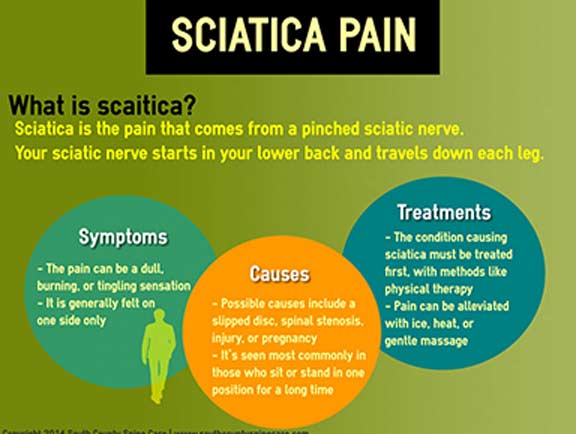A Beginner'S Overview To Comprehending Cervical Spinal Column Composition And Its Effect On Neck Pain
A Beginner'S Overview To Comprehending Cervical Spinal Column Composition And Its Effect On Neck Pain
Blog Article
Uploaded By-MacKay Graversen
As you sit there, probably really feeling a twinge of discomfort in your neck, have you ever stopped to consider the intricate structures that compose your cervical spinal column? Understanding just how the vertebrae, discs, and nerves interact in this region can clarify why neck pain can be so relentless and devastating. By discovering the foundations of cervical spine makeup and its implications for neck pain, you might discover insights that might aid you much better take care of or even stop those irritating aches and rigidity.
Value of Cervical Spinal Column Anatomy
Comprehending the relevance of cervical spine makeup is vital in comprehending the intricacies of neck discomfort. The cervical back, made up of seven vertebrae, plays a vital role in supporting the head's weight and helping with activity. It houses the spinal cord, which transfers messages in between the mind and the rest of the body. Additionally, the cervical back safeguards these delicate nerves and supplies structural security to the neck region.
Additionally, the cervical spine enables a wide range of activity, enabling you to turn your head, tilt it laterally, and nod up and down. Each vertebra has details features and attributes that add to the overall adaptability and security of the neck. Comprehending the composition of the cervical back can help you understand exactly how injuries or degenerative problems in this region can lead to neck pain and related symptoms.
Components of the Cervical Spine
When exploring the components of the cervical spinal column, it ends up being noticeable that its structure contains 7 vertebrae, classified C1 to C7, stacked on top of each other. These vertebrae are vital as they supply assistance to the head and enable a large range of motion in the neck.
The upper vertebra, C1, also referred to as the atlas, supports the skull and allows the sleeping activity of the head. Straight below C1 is the C2 vertebra, referred to as the axis, which enables the rotation of the head back and forth.
Moving down the cervical spine, each vertebra plays an important function in preserving the spine's adaptability and stability. In between https://greatist.com/health/yoga-for-sciatica are intervertebral discs that act as pillows, soaking up shock and preventing the vertebrae from scrubing versus each other.
Understanding the parts of the cervical spine is essential in comprehending exactly how the back functions and its potential impact on neck pain.
Partnership Between Spinal Column and Neck Discomfort
The link in between the back and neck pain is a critical element of recognizing bone and joint pain. holistic chiropractor austin , particularly the cervical region, plays a significant duty in supporting your head and permitting different activities. When there's an issue in the spine, such as a herniated disc or imbalance, it can directly impact the surrounding cells and nerves, bring about neck discomfort. Poor stance, injuries, and degenerative problems can all add to spine-related neck pain.
It's vital to identify that the spinal column and neck feature as a natural device. Any problems or imbalances in the back can trigger strain on the neck muscles and tendons, causing pain and tightness.
Conclusion
Since you have a basic understanding of cervical spinal column composition and its connection to neck pain, you can better value the intricacies of your very own neck discomfort. Bear in mind, the health and wellness of your cervical back plays a vital duty in sustaining your head and promoting movement, so it is very important to take care of it via proper posture, workout, and normal check-ups with a healthcare specialist. Remain notified and proactive regarding your back health to stop and take care of neck pain efficiently.
